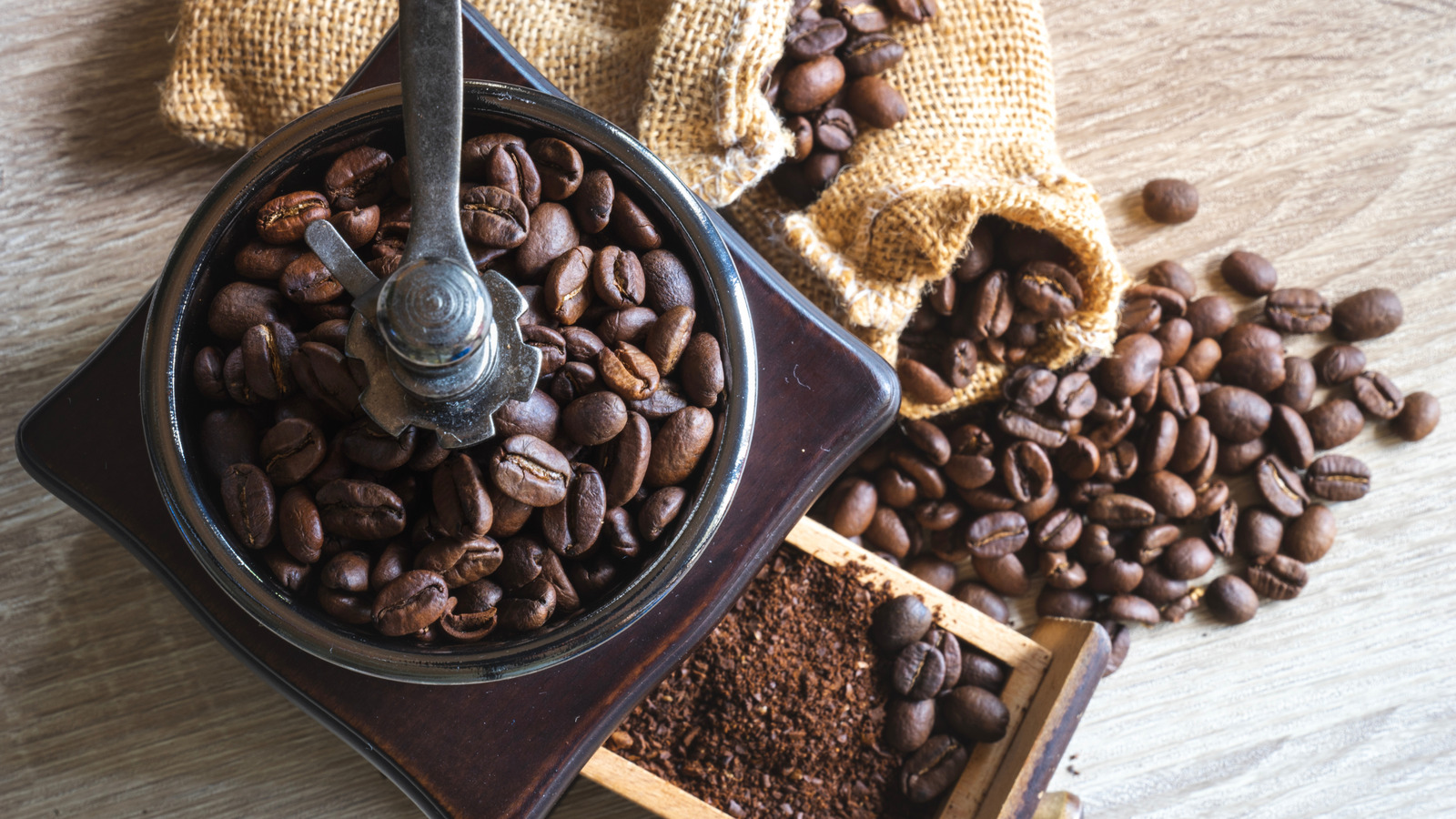
"We may receive a commission on purchases made from links. If you're a self-confessed coffee nerd always on the hunt for a new bit of kit, your obsession might just pay off. As part of the trend of collecting vintage kitchen tools, TikTok influencers are now going wild for the PeDe Dutch vintage wall-mounted coffee grinder. There are probably two questions that immediately spring to mind now. What is a wall-mounted coffee grinder? And, what makes this one special?"
"A wall-mounted coffee grinder is just what it sounds like - a grinder that attaches to the wall for stability and one-handed operating. These were originally patented before the age of electric coffee mills and designed for businesses or stores that needed a way to grind large quantities of coffee efficiently. The PeDe grinder was one of the many smaller wall-mounted grinders that became popular for household use in the late 1800s and early 1900s, and have now become sought-after vintage kitchen items."
"The name PeDe (or PeDe Dienes) refers to Peter Dienes, who founded the coffee grinder company in 1869. Although these grinders are often thought of as Dutch, both the man and the company are from Germany, and it wasn't until 1919 that production started in the Netherlands. Both the German-made and Dutch-made PeDe grinders are highly sought after today; the German models for their antiquity, and the Dutch models for their designs depicting cultural scenes and landscapes from the Netherlands."
A wall-mounted coffee grinder attaches to the wall for stability and one-handed operation. These grinders were patented before electric mills and were designed for businesses to grind large quantities efficiently. PeDe (PeDe Dienes) was founded by Peter Dienes in 1869 and produced grinders in Germany and later in the Netherlands from 1919. PeDe made wall-mounted and tabletop models in cast iron, wood, ceramic, and Bakelite. Collectors favor a wall-mounted model with wooden backing, ceramic body, and cast-iron handle. Values vary by era, material, and design, with German models prized for age and Dutch models for decorative scenes.
Read at Tasting Table
Unable to calculate read time
Collection
[
|
...
]